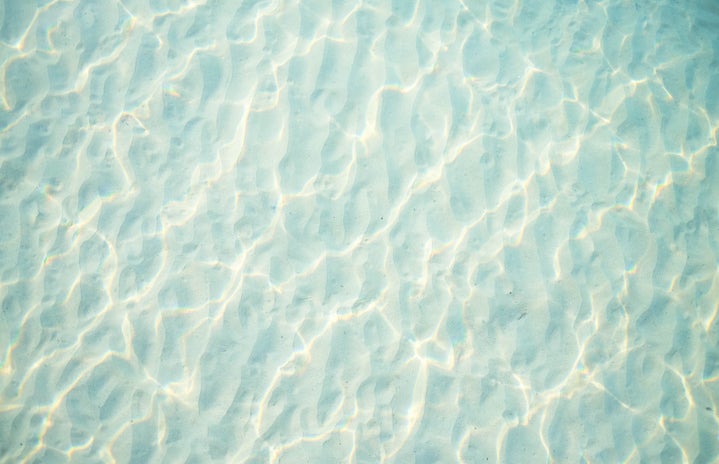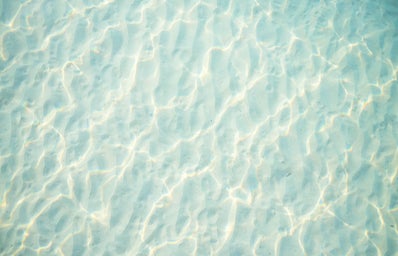The increasing number of health-conscious consumers has led to peril in the carbonated soft drink industry. The popularity of classic sodas like Pepsi and Coke has continued to decline, while the demand for low-calorie, zero sugar beverages has continued to grow. While some attribute this trend to the Covid-19 pandemic, others note that it has been an ongoing struggle: in 2014, the total sales volume of carbonated soft drinks dropped by 0.9%, and in 2015, it dropped by 1.2%. This data is indicative of consumers’ emerging skepticism of artificial sweeteners, and based on current reports detailing the rise of bottled water sales and the rise of specialized, ‘healthy’ beverage sales, it’s clear that the carbonated soft drink industry needs to change.
Coca-Cola, the world’s largest beverage company, has notably been suffering from this shift in consumer trends. Renowned for its Coke and Diet Coke soda lines, the company’s sales were down 28%, or more than $2 billion, from 2019 to 2020. Interestingly, as Coca-Cola was going through one of its worst sales performances in company history, the rest of the consumer packaged goods industry grew by 12% over the pandemic. When analyzing why Coca-Cola struggled more than other companies, it seems clear that its reliance on soft drinks is a primary issue. The company’s largest competitor, however, did not experience the same losses. With a more diversified portfolio, the declining carbonated soft drink industry did not have as severe an impact on Pepsi. In fact, PepsiCo combined its expertise in the carbonated soft drink industry with the growing market demand for healthier beverages to release a new product line: Bubly.
With a colourful, vibrant package design, it’s no surprise that Bubly caught the attention of consumers. And, with the emerging market for flavoured sparkling water beverages, Bubly was released with the hopes of getting a foot into the competitive sparkling water industry. Compared to LaCroix, a major competitor in the sparkling water industry, the difference in quality between the two brands is practically non-existent. According to The Washington Post, when taste-testing a can of Bubly and a can of LaCroix, the results were inconclusive, signifying the menial difference in taste. Without any distinct differences in quality, it’s clear that Bubly’s marketing strategy was the primary contributor to its success.
Released during the 2018 Oscars, Bubly was promoted as a fun, playful drink that millennials would enjoy. The text that the company uses on its packaging, website and social media is always lower-case, highlighting its target demographic of those younger than 30. The company also brought on Michael Bublé as a brand ambassador, making light of the similarity between the company name and Michael Bublé’s last name. As a fan of Bublé, and as an avid drinker of Bubly, I’ve noticed that even though there are always boxes of Bubly in stock, there are rarely more than three flavours available. Apparently, this is a deliberate choice to increase awareness of the product, as the limited flavour options promote the allure of the hunt. This seems to have worked, as there are numerous online forums ranking the Bubly flavours, and it has become a household staple for millennials.
As outlined by The Washington Post, LaCroix, Bubly and other sparkling water drinks are quite similar. However, the exceptional marketing strategies used by PepsiCo to push their drink have created immense value for the Bubly brand. For many consumers, the vibrant packaging is enough to evoke the feeling of drinking the cool, classy, and lighthearted beverage. As Covid-19 restrictions loosen, and more consumers head back to the gym, expect Bubly sales to increase as people prefer a refreshing alternative to traditional sugar-filled beverages. And, for early birds and night owls, Bubly has begun to offer both caffeinated and alcoholic options, featuring the traditional relaxing taste and vibe with a little something extra. There is a Bubly for all occasions!


